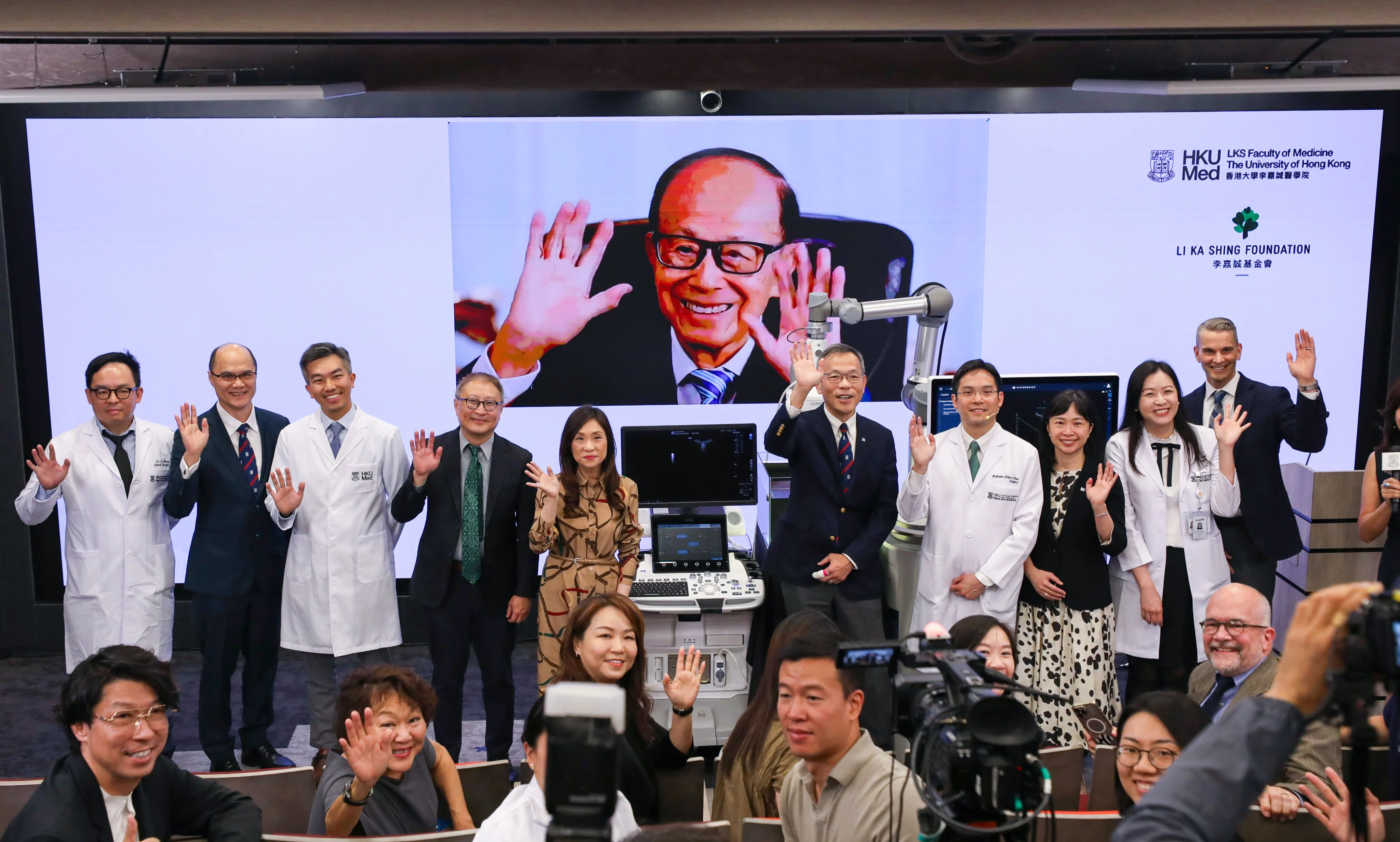By Elizabeth Cheung
Copyright scmp

A cutting-edge machine donated by Hong Kong tycoon Li Ka-shing, which can destroy cancerous cells with ultrasound waves, has been included in a government list of approved medical devices, paving the way for wider use of the technology in public hospitals.
The Hospital Authority said in a response to the Post that it would also consider other factors, such as quality and safety standards, before using the machines in public health facilities.
The histotripsy medical device, given to the city’s two medical schools by Li last year, was approved by health authorities on September 11 for listing under the voluntary Medical Device Administration Control System (MDACS).
A search of the list, available on the Department of Health website, showed the HistoSonics Histotripsy System had been included and the listing would expire on September 10, 2030.
The department said the device was intended to be used for “partial or complete destruction of unresectable liver tumours”.
“The Department of Health has assessed and confirmed that the medical device concerned has met the safety, quality and performance requirements for the intended use as indicated by the manufacturer,” a spokesman said.
He acknowledged that “currently there are no long-term clinical data such as local recurrence, systemic metastasis and long-term survival rates demonstrating the effectiveness of the device in the treatment of any specific cancer”.
The spokesman advised that people seeking medical services should consult professionals rather than be influenced by publicity through endorsements.
The HistoSonics device from the United States came to public attention in Hong Kong last year when Li donated machines, each worth US$3 million, to the medical schools of the University of Hong Kong and the Chinese University of Hong Kong (CUHK), as well as to a private hospital.
All three machines are being used at private hospitals affiliated with the two universities: Gleneagles Hospital, the Hong Kong Sanatorium and Hospital and the CUHK Medical Centre.
Histotripsy is a non-invasive treatment that uses high-intensity ultrasound waves to precisely disrupt and liquefy targeted tumour cells without damaging the surrounding healthy tissue. The treatment session takes about 15 to 25 minutes and requires a general anaesthetic.
A treatment costs about HK$260,000 (US$33,300) for Hong Kong ID card holders, while non-residents must pay an additional HK$50,000.
The devices have been used for clinical trials on liver cancer treatment in Hong Kong. CUHK previously said it hoped to use the device to test treatments for breast cancer.
The voluntary listing system was introduced by the Department of Health in 2004, starting with medical devices and was later expanded to include manufacturers, importers and distributors.
The system is meant to be a “post-market monitoring system” to ensure medical devices supplied in Hong Kong meet the requirements for safety, quality and performance, before legislation is enacted.
The latest move could bring the HistoSonics histropisy device one step closer to wider use in public hospitals.
The Hospital Authority said while inclusion in the MDACS list was a prerequisite for the procurement of a medical device, it did not mean hospitals had to purchase all listed items.
“At the same time, the authority would consider other factors in accordance with its mechanism, such as equipment specifications, quality and safety standards, technical support and after-sales service,” an authority spokesman said.
It added that histotripsy was not suitable for all liver cancer patients, and there were no studies determining whether the technology was inferior, equivalent or superior to existing standard treatment options in terms of efficacy or cost-effectiveness.
“Additionally, the price of the device’s consumables is at least four times that of other therapies,” he added.
Through his Li Ka Shing Foundation, the tycoon also donated the device to healthcare facilities and universities in Singapore, the United Kingdom and the United States.
Online critics and lawmakers questioned whether the government had failed to prioritise the public in access to the latest technology, as the devices were all used in private hospitals.
In March, the government said there was no plan for public hospitals to introduce the therapy into clinical services.
Hong Kong currently does not have specific legislation to regulate medical devices, including their clinical trials and use.



